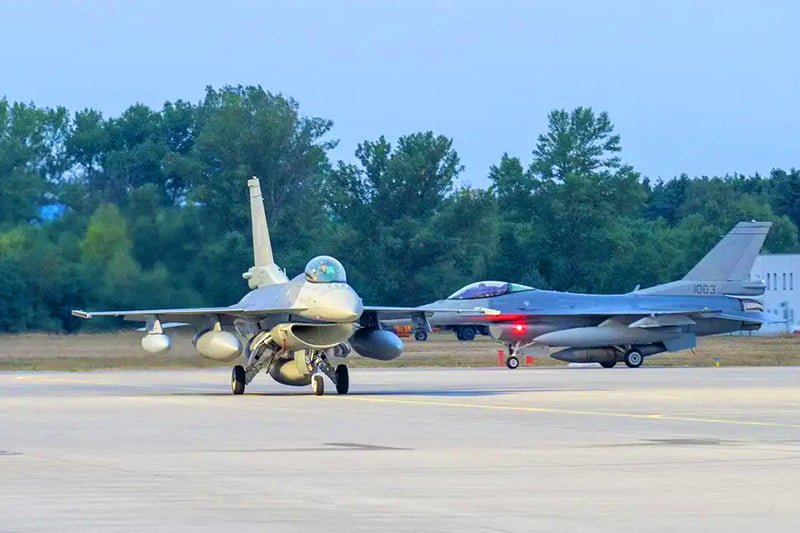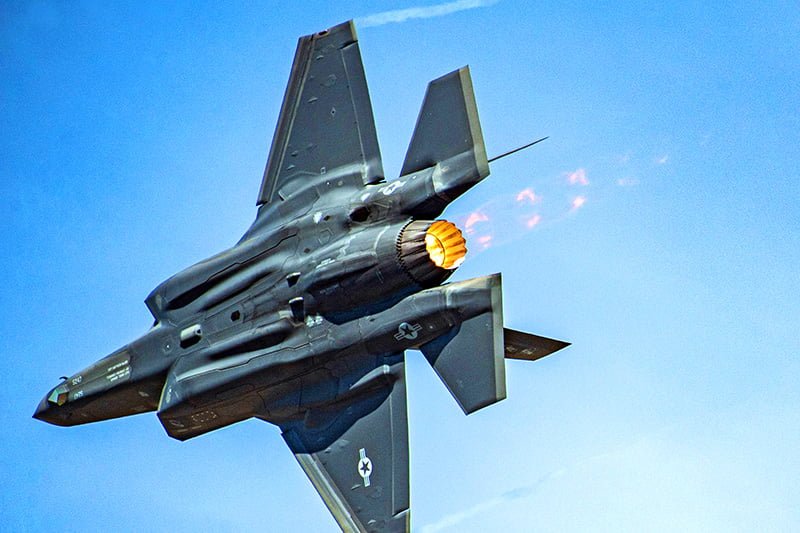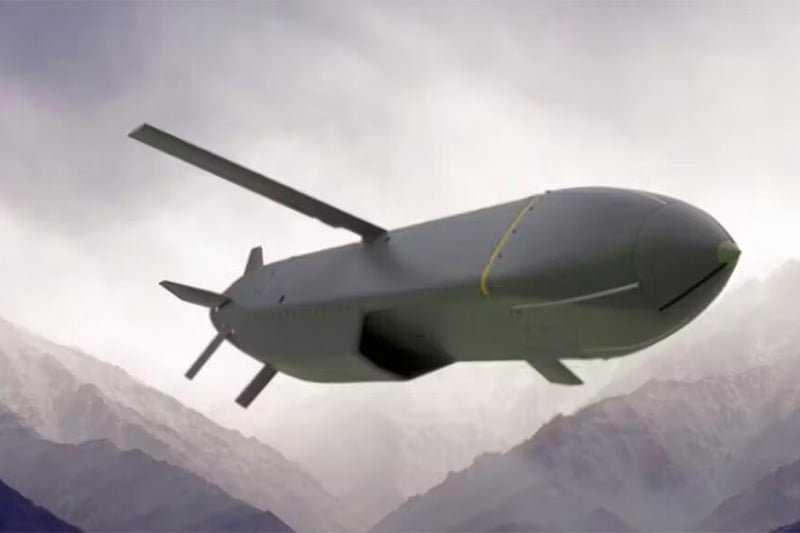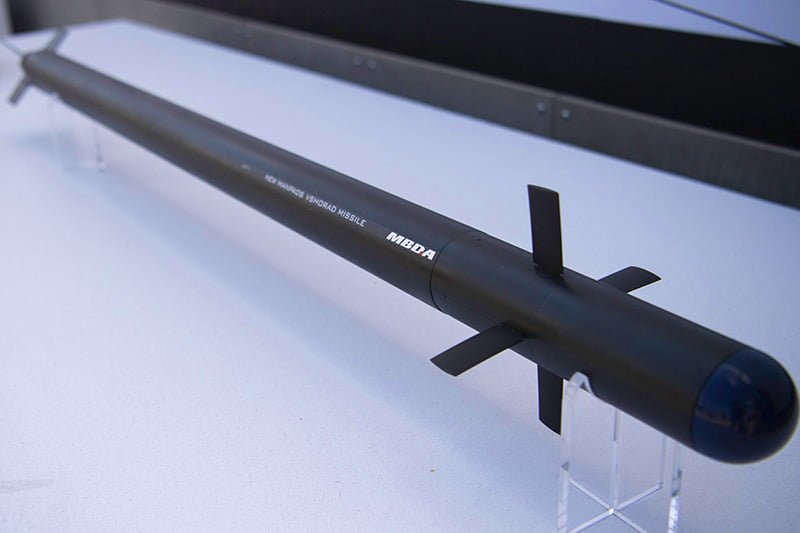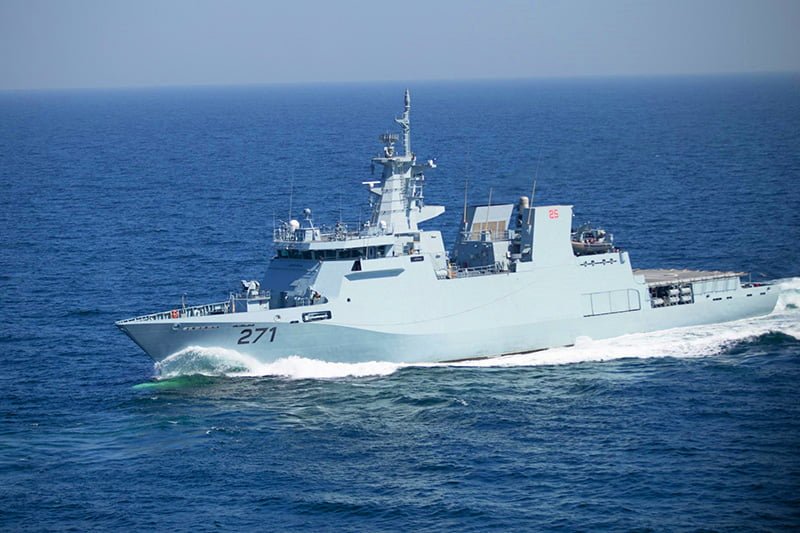Air Force Funds $3.7B for Sentinel ICBM Amid Budget Challenges
In an ambitious move to advance its nuclear deterrence capabilities, the United States Air Force has dedicated a substantial $3.7 billion of its 2025 fiscal year budget to the Sentinel Intercontinental Ballistic Missile (ICBM) program. This decision is part of the Department of the Air Force’s broader $217.5 billion budget allocation, emphasizing the critical role of the Sentinel ICBM in national defense strategy.
A Cornerstone of US Nuclear Deterrence
The Sentinel program is designed to replace the decades-old LGM-30 Minuteman III missiles, signaling a significant upgrade in the United States’ nuclear deterrence arsenal. Managed by Northrop Grumman, the Sentinel ICBM initiative is a direct response to the aging infrastructure and the need for modernization to counter evolving global threats.
Also read this: South Korea’s KF-21 Achieves Successful Air Refueling Milestone
Financial Challenges and Strategic Imperatives
The Air Force’s financial commitment to the Sentinel program occurs amidst overarching budgetary constraints, with potential cuts threatening broader modernization efforts. Despite these challenges, the importance of the Sentinel program to national security has made it a non-negotiable priority, highlighting the strategic balance the Air Force seeks to maintain in its fiscal planning.
The program’s initial cost estimate stood at around $96 billion, but recent assessments have pushed the projected cost to over $131 billion a 37% increase that has prompted a Nunn-McCurdy breach notification to Congress. This breach indicates a significant cost or schedule overrun, demanding a reassessment and justification of the program’s continuation.
Budget Allocation and Cost Overruns
The breakdown of the Sentinel program’s budget reveals a strategic allocation of funds, with $61.6 billion earmarked for procurement, $25.5 billion for research and development, and $8.7 billion for constructing necessary infrastructure. The Pentagon’s request for $4.3 billion in 2024 for research, development, and procurement represents a $700 million increase from the previous year, underlining the escalating financial commitments to this vital defense project.
Addressing the Financial Gap
The revelation that China now possesses more ICBM launchers than the US, albeit with fewer missiles or warheads, adds urgency to the Sentinel program. The Department of Defense is exploring various strategies to bridge the $35 billion cost gap without sacrificing other critical defense initiatives.
The Air Force’s investment in the Sentinel ICBM program underscores the pivotal role of nuclear deterrence in national defense strategy. Despite financial hurdles and the necessity of strategic budgeting, the commitment to advancing this crucial program highlights the United States’ resolve to maintain a robust and modern nuclear arsenal in the face of evolving global threats.
Keep connected with us at Facebook, Twitter, YouTube, Instagram & TikTok for latest defense happening around the globe.



